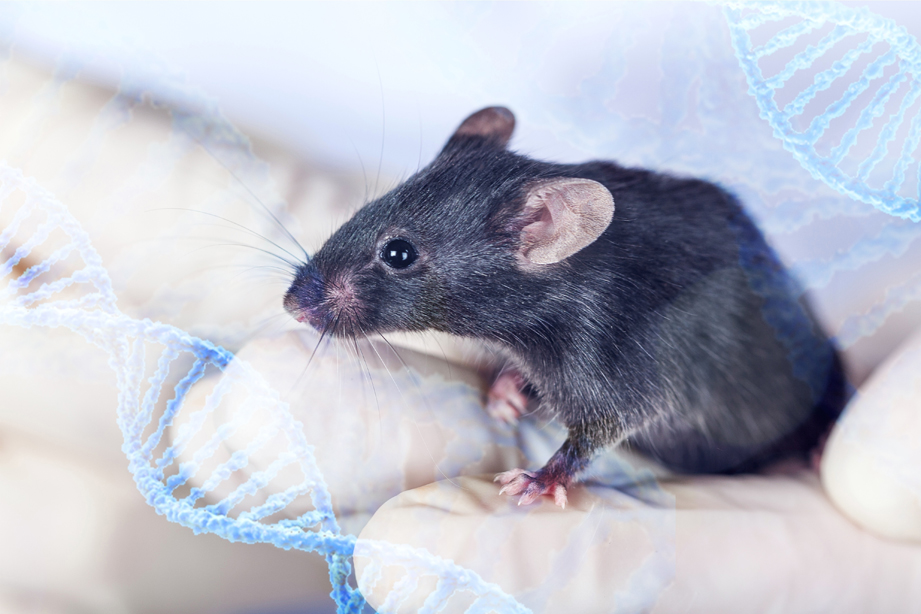Mouse Models as a way to Determine Alcohol-Susceptible and Alcohol-Resistant Genes
Project Category: Projects – Cycle I
July 21, 2015

Challenge
When studying Fetal Alchol Spectrum Disorder (FASD), it’s challenging to discern the exact timing and the severity of alcohol exposure that a fetus experienced during pregnancy. This challenge makes it difficult for researchers to determine the exact relationship between these two factors and the likelihood of a child being born with FASD. Using animal models provides a valuable alternative because researchers can control both the timing of exposure during pregnancy and the dose of alcohol.
Project Summary
This project used a mouse model in a controlled environment to answer the research question of how timing and dose of alcohol affect offspring. The intention was to test the hypothesis that specific genes are sensitive to alcohol—causing neurotoxic effects on the developing brain—whereas others confer a certain level of alcohol-resistance. Genes identified in the mouse model were then brought forward as potential candidate genes in human studies.
The study involved assessing the effects of alcohol exposure in two separate time frames. The first was early in pregnancy or embryonic day nine in mice. The second was later in development at approximately seven days after birth, which is equivalent to the third trimester in humans.
The researchers used a series of well-characterized recombinant mouse lines—the product of crossing a strain of mice susceptible to alcohol with a strain of mice relatively resistant to its effects – whose genomes had been thoroughly mapped. This method proved a powerful tool to detect genes related to brain function.
Result
Data showed that genetically diverse lines of mice had significant variability in their vulnerability to the effects of alcohol—some displayed many neurotoxic effects, whereas others were minimally impacted. The researchers performed Quantitative Trait Loci (QTL) mapping, which allowed them to identify regions on specific chromosomes (and thus the genes expressed in these regions) that correlated to both vulnerability and resistance to the neurotoxic effects of alcohol. These QTLs and their respective gene clusters were brought forward as candidate genes to study in humans. This knowledge will help determine which human genes are more or less susceptible to the effects of alcohol, which in turn will provide researchers with more insight into the biological mechanisms of FASD.
Team
Investigators
Daniel Goldowitz, University of British Columbia
Michael Kobor, University of British Columbia
Collaborators
Kristin Hamre, University of Tennesee